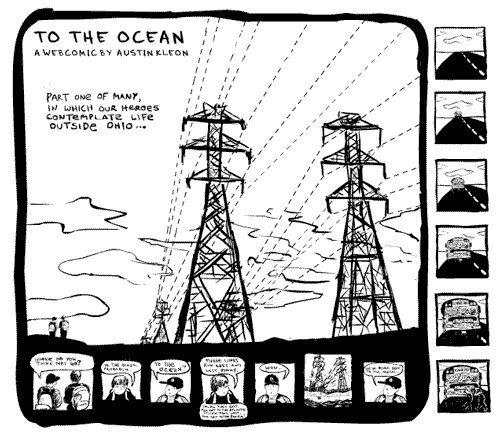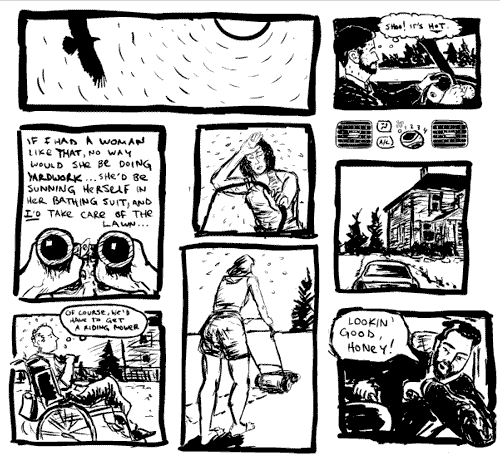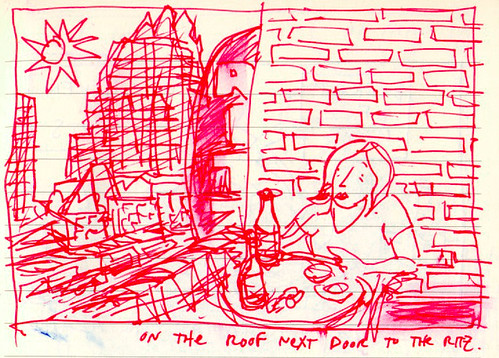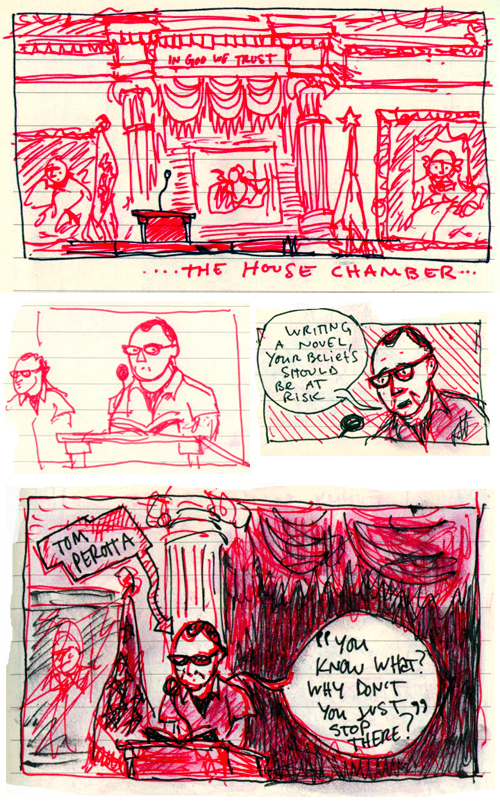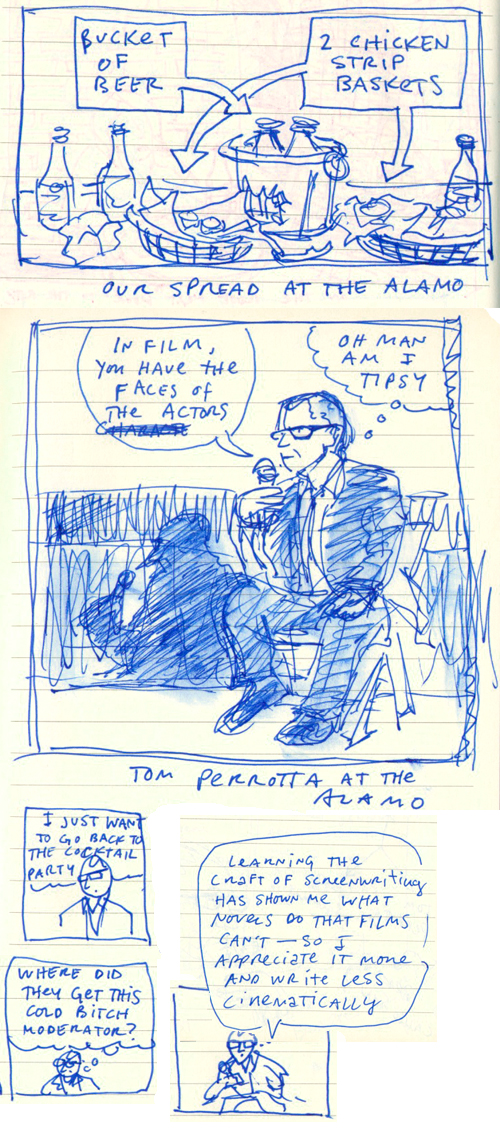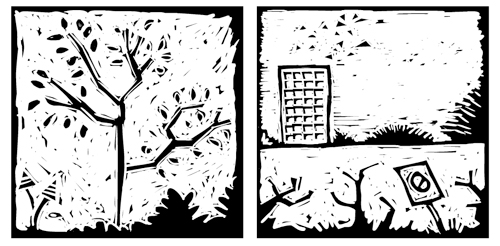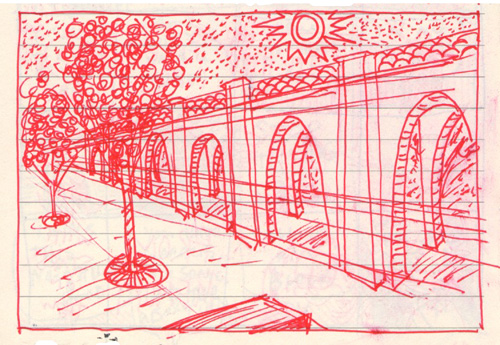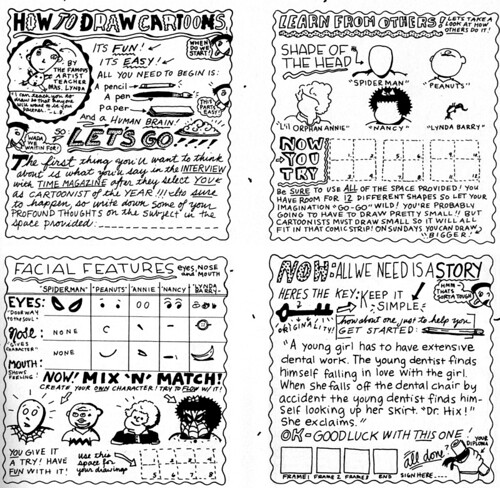While I am carrying on a conversation with someone, I find that I am drawing with my eyes. I find myself observing how his shirt collar comes around from behind his neck and perhaps casts a slight shadow on one side. I observe how the wrinkles in his sleeve form and how his arm may be resting on the edge of the chair. I observe how the features on his face move back and forth in perspective as he rotates his head. It actually is a form of sketching and I believe that it is the next best thing to drawing itself. I sometimes feel it is obsessive, but at least it accomplishes something for me.
OLD ADVENTURES WITH THE TARQUIN ENGINE
Cleaning up some files on my computer today, and came across these 3 aborted “infinite canvas” experiments in Flash with the tarquin engine. They’re a few years old, not all that exciting…gosh, I’m not really even sure why I’m posting them?
The first try was called “To The Ocean“:
The second was called “Mowing“:
The third was called “Birdseed,” and I actually still like it:
None of these reached for or achieved anything like what the Tarquin engine was designed to do. For that, check out this comic.
TEXAS BOOK FESTIVAL SKETCHBOOK
Yesterday Meg and I went to the Texas Book Festival. We were hoping to catch Shalom Auslander at the book signing tent, but he didn’t show up, so we walked downtown and got some Jimmy Johns and ate it on the lawn of the capital. Beautiful day. We finished up lunch and went to the House Chamber (which is pimped out beyond belief with the most comfortable leather chairs I’ve ever sat in) to listen to Tom Perrotta read:
After that, we went to see the always-fantastic-certified-genius George Saunders:
That last panel is a response to a (kinda lengthy) question I asked in the Q & A: “You’ve written about Charles Schulz and Peanuts before. David Michaelis’s new biography questions whether Schulz was as good of a family man as we’ve been led to believe. You strike me as a genuine family man, and I detect the great theme of work vs. family in your writing. So what do you think is the relation between being a good artist and being a great family man, and which do you think is more important?”
That night, we walked downtown to see a screening of Little Children at the newly-reopened Alamo Ritz. I love Tom Perrotta, but he really seemed uncomfortable in the setting:
All in all, it was a great day.
THE CHANNEL DRAGON (AND OTHER DRAWINGS)
From my friend Tim (his daughter’s name is Jocie):
Do you take requests? Josie is writing a story that features a “channel dragon”. I had never heard of this, but she had written a handy definition in the footnotes (!) of the story: “Channel dragon: A nickname given to dragons from Venice. Don’t say it to their faces, though — they get mad.” If you could dash something off, maybe post it on your blog, that would be TEH AWESUM.
Do I take requests? I do when they involve dragons in Venice:
ONE MORE DEATH BELL FOR NEWSPAPER COMICS
F*** this: Ernie Pook’s Comeek has been dropped from alternative papers all over the country — including the Austin Chronicle. I wondered last week where it went. Only good news is that now D + Q will post them online.
- ← Newer posts
- 1
- …
- 523
- 524
- 525
- 526
- 527
- …
- 638
- Older posts→


